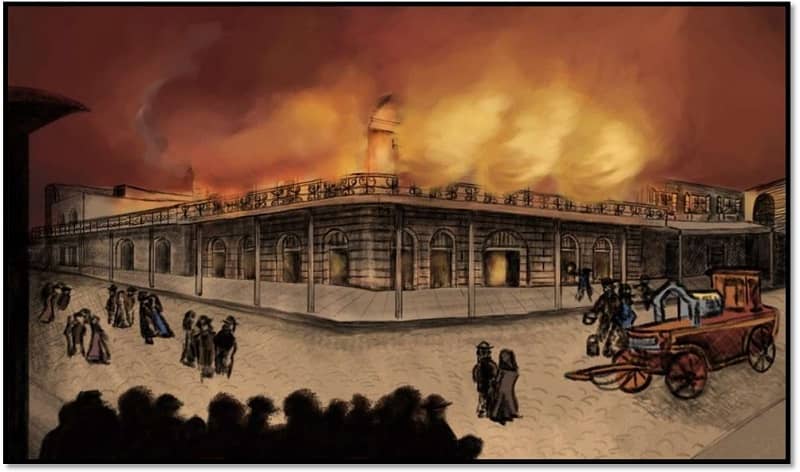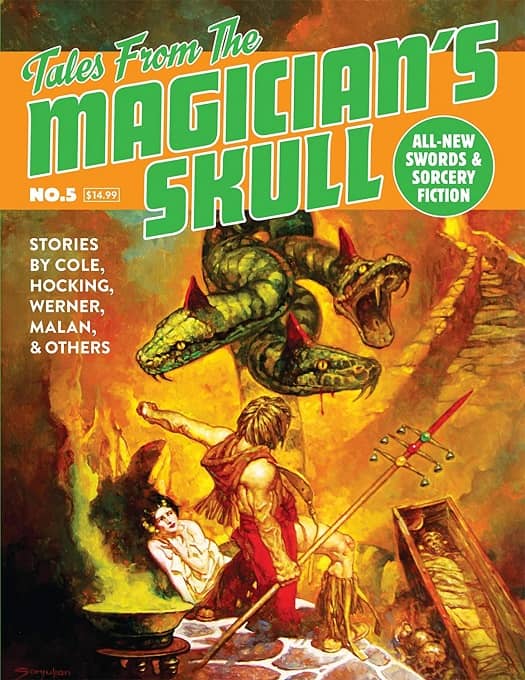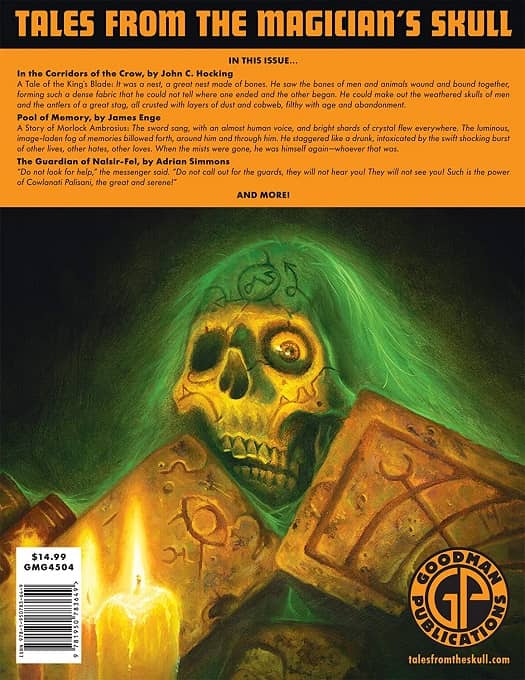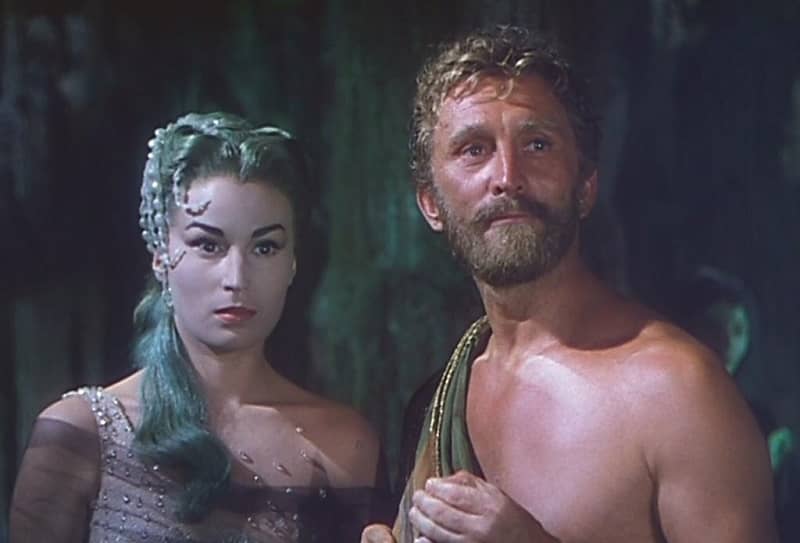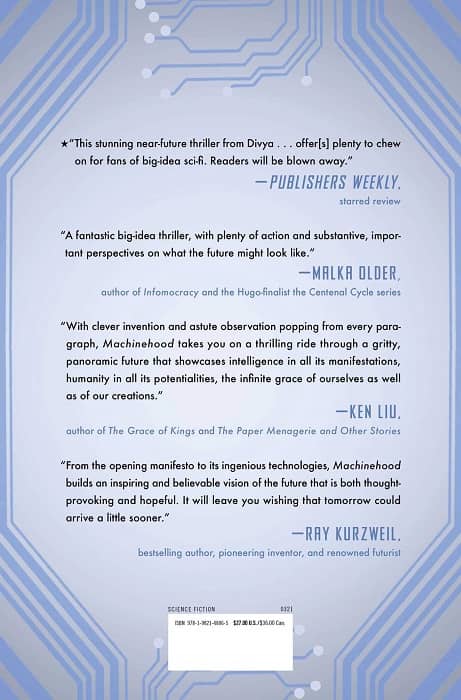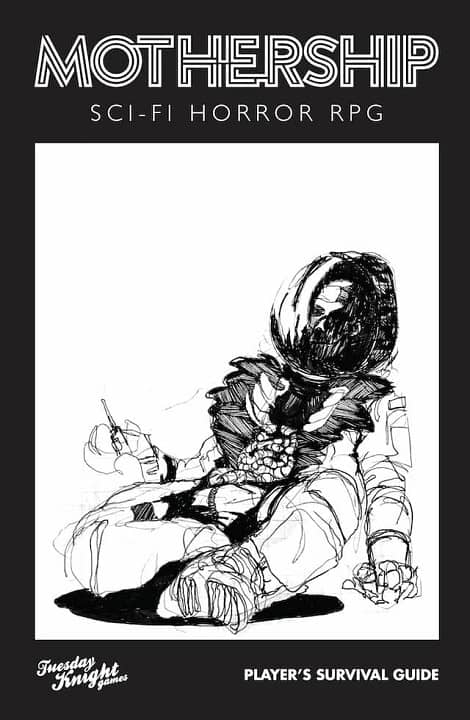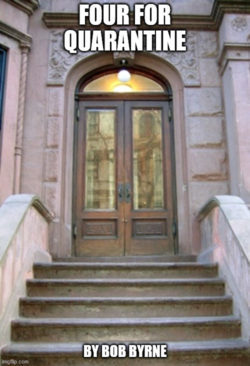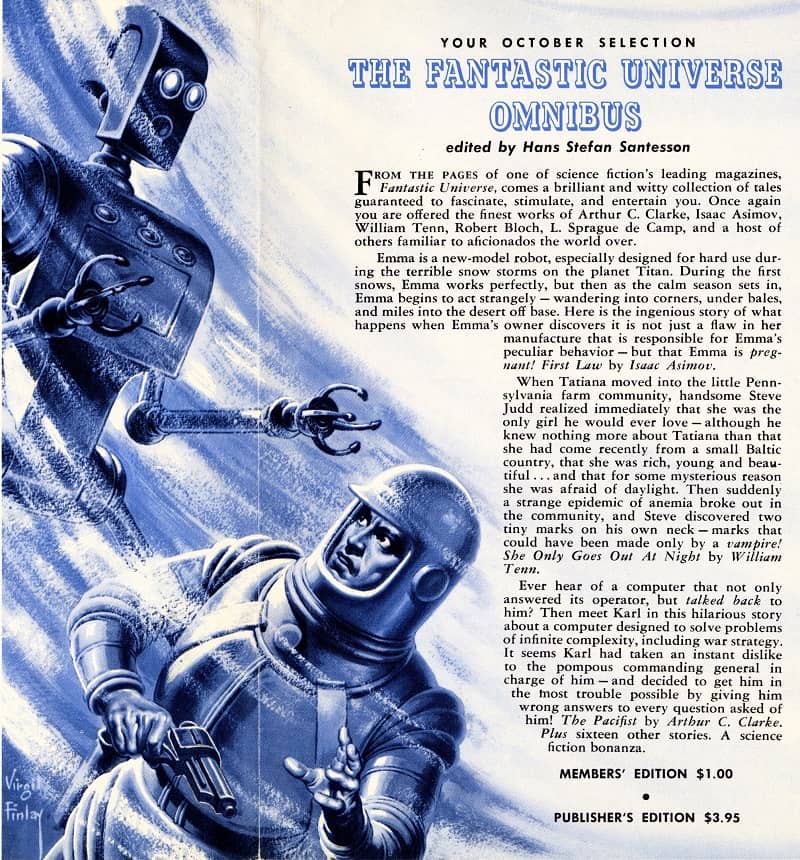Space Opera That Reshapes the Genre: A Desolation Called Peace, Book Two of Teixcalaan by Arkady Martine
 |
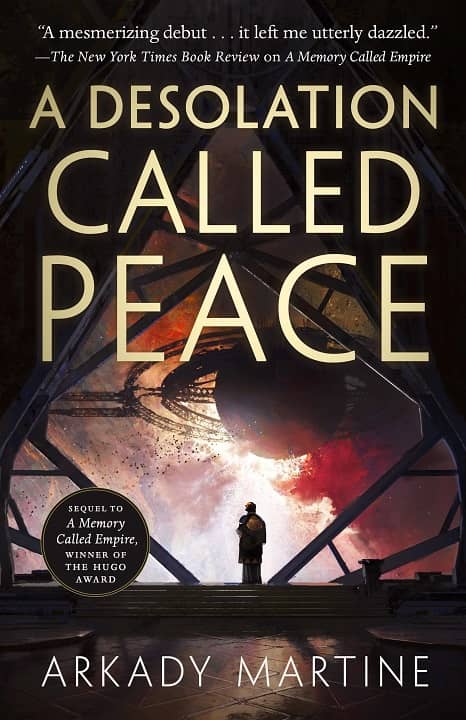 |
The first two novels in the Teixcalaan series from Tor Books. Covers by Jaime Jones
Arkady Martine’s debut novel A Memory Called Empire was published in 2019, and was nominated for major awards, including both the Nebula and Hugo. Debuts don’t usually win awards, but that didn’t stop Martine — her first book won the Hugo Award for Best Novel, beating out competition from Seanan McGuire, Tamsyn Muir, Kameron Hurley, Charlie Jane Anders, and others. Andrew Liptak summed up some of the reasons in his rave review at The Verge, which called it “a brilliant blend of cyberpunk, space opera, and political thriller.” Here’s an excerpt.
Ambassador Mahit Dzmare, an emissary from the distant Lsel Station, is called to the center of the vast Teixcalaanli Empire after her predecessor winds up dead… The novel is set in the very distant future: humanity has spread throughout the stars, traveling from system to system by way of a stargate-style network. That’s allowed the Teixcalaanli Empire — a hungry, expansion-minded society — to spread its influence throughout inhabited space, its culture and knowledge stretching from system to system. Mahit Dzmare is the ultimate fish-out-of-water when she’s abruptly assigned to replace Ambassador Yskandr Aghavn, who perished in the empire’s capital city. Her home, a self-sustaining habitat, has remained free of the empire’s oversight, something of paramount importance to the inhabitants of Lsel station…
Unbeknownst to the Teixcalaanlis, the inhabitants of Lsel Station have a particularly advanced technology at their disposal: an Imago, a thumb-sized device implanted in their brainstem that essentially grafts a digital persona into their mind…
It’s an excellent, gripping novel with a brisk plot, outstanding characters, and plenty to think about long after it’s over.
The much anticipated sequel, A Desolation Called Peace, will be published by Tor Books on March 2, 2021. It is 496 pages, priced at $26.99 in hardcover and $13.99 in digital formats. The cover is by Jaime Jones. Publishers Weekly calls the second volume “A dizzying, exhilarating story of diplomacy, conspiracy, and first contact… This complex, stunning space opera promises to reshape the genre.” Read an excerpt at Gizmodo.
See all our recent coverage of the best new series SF and Fantasy here.

